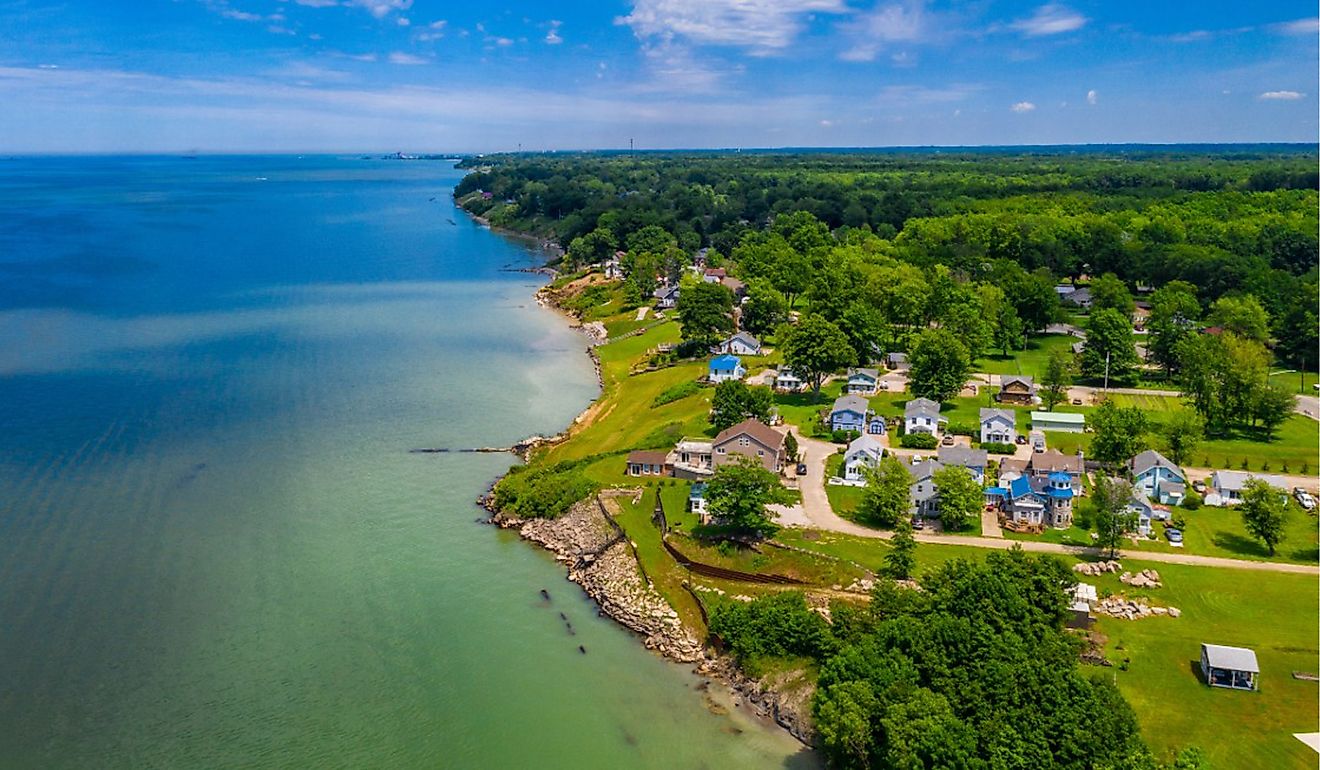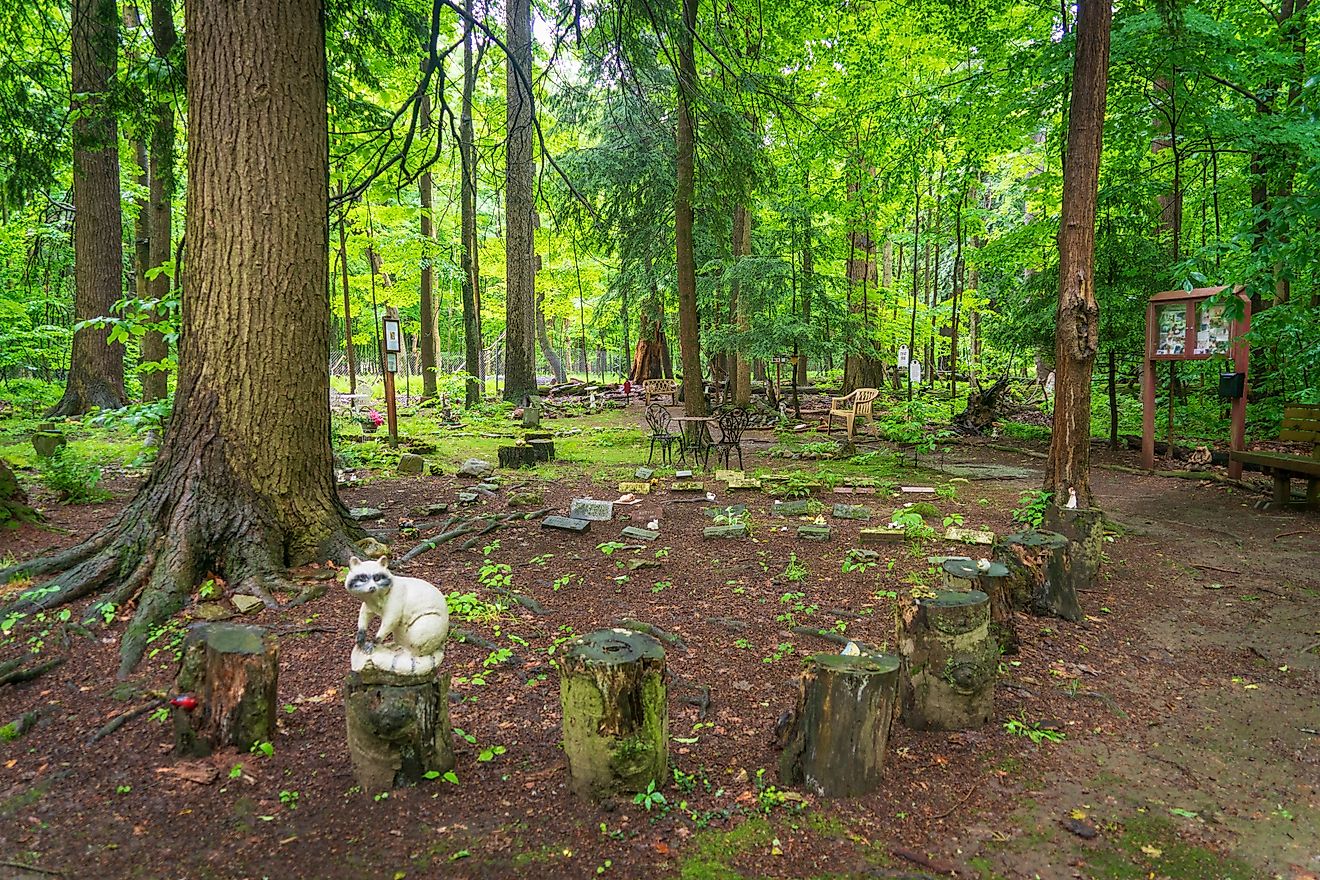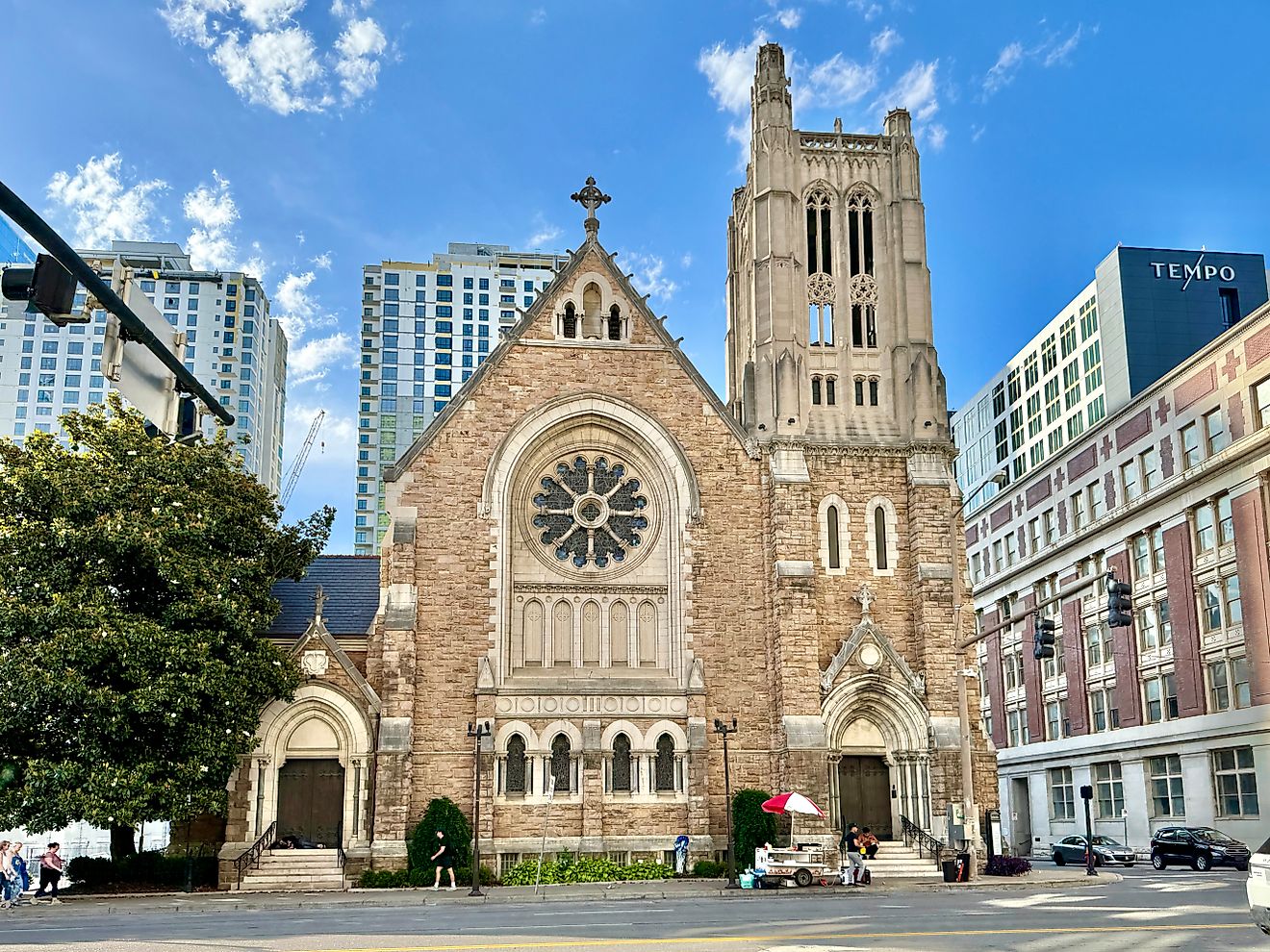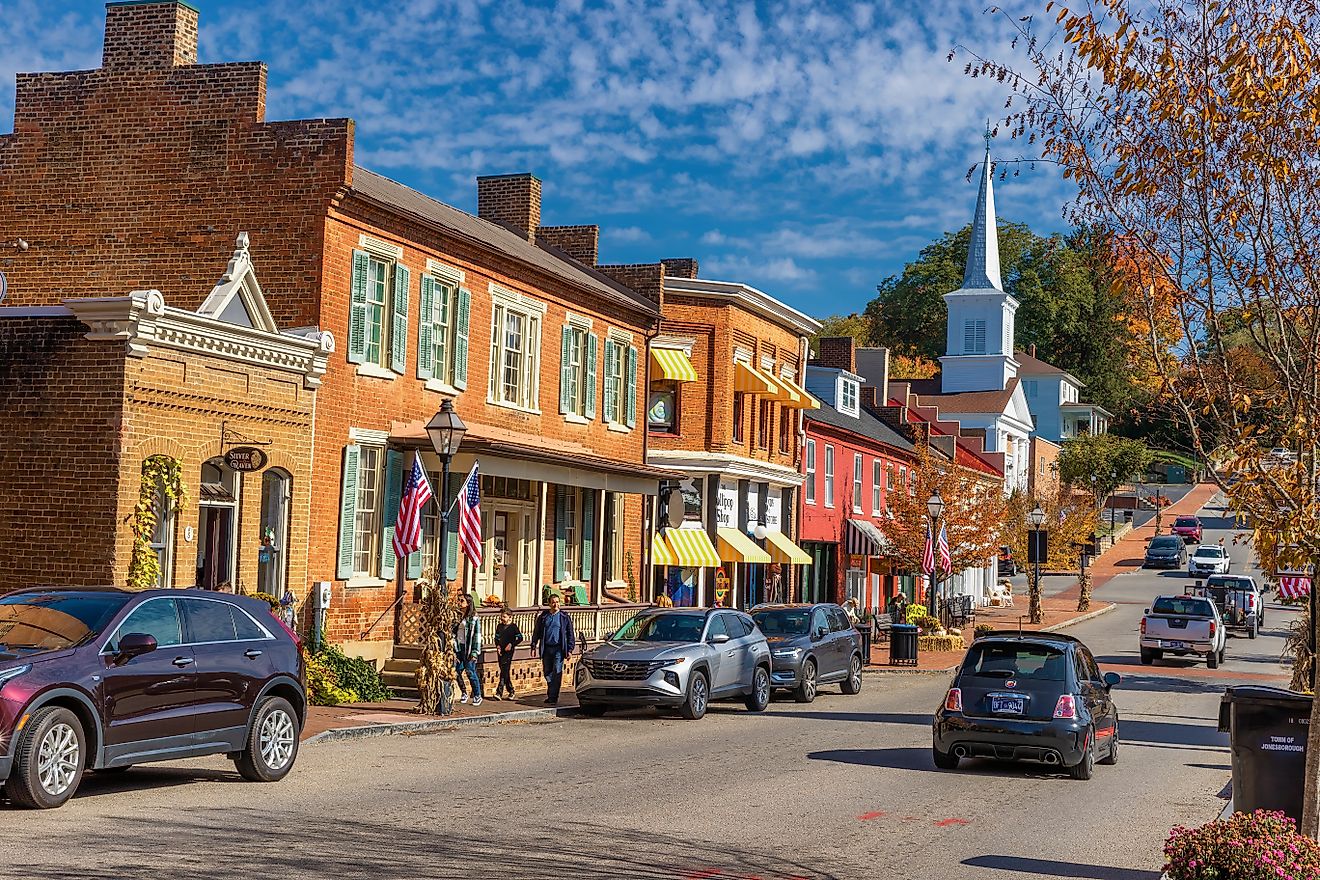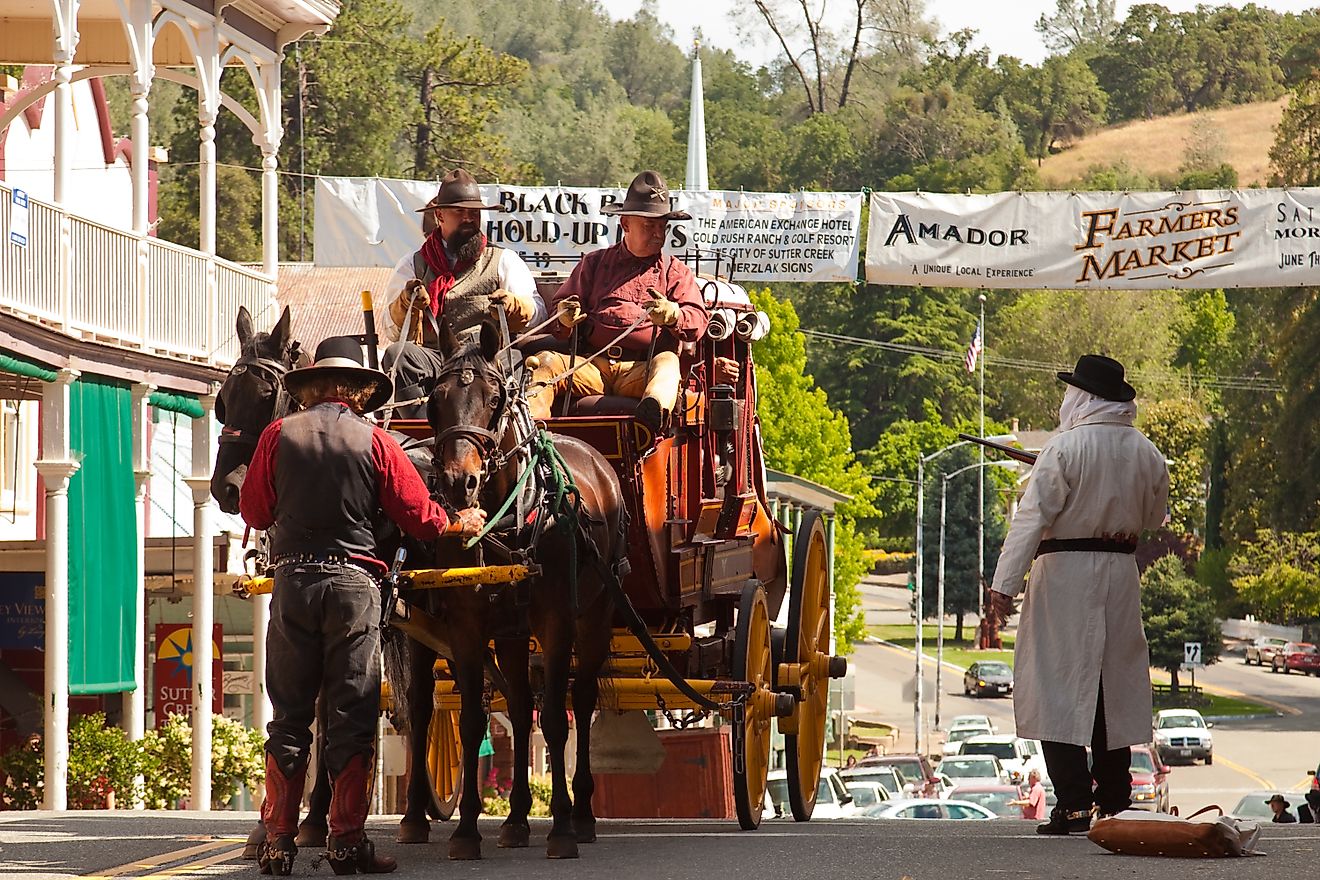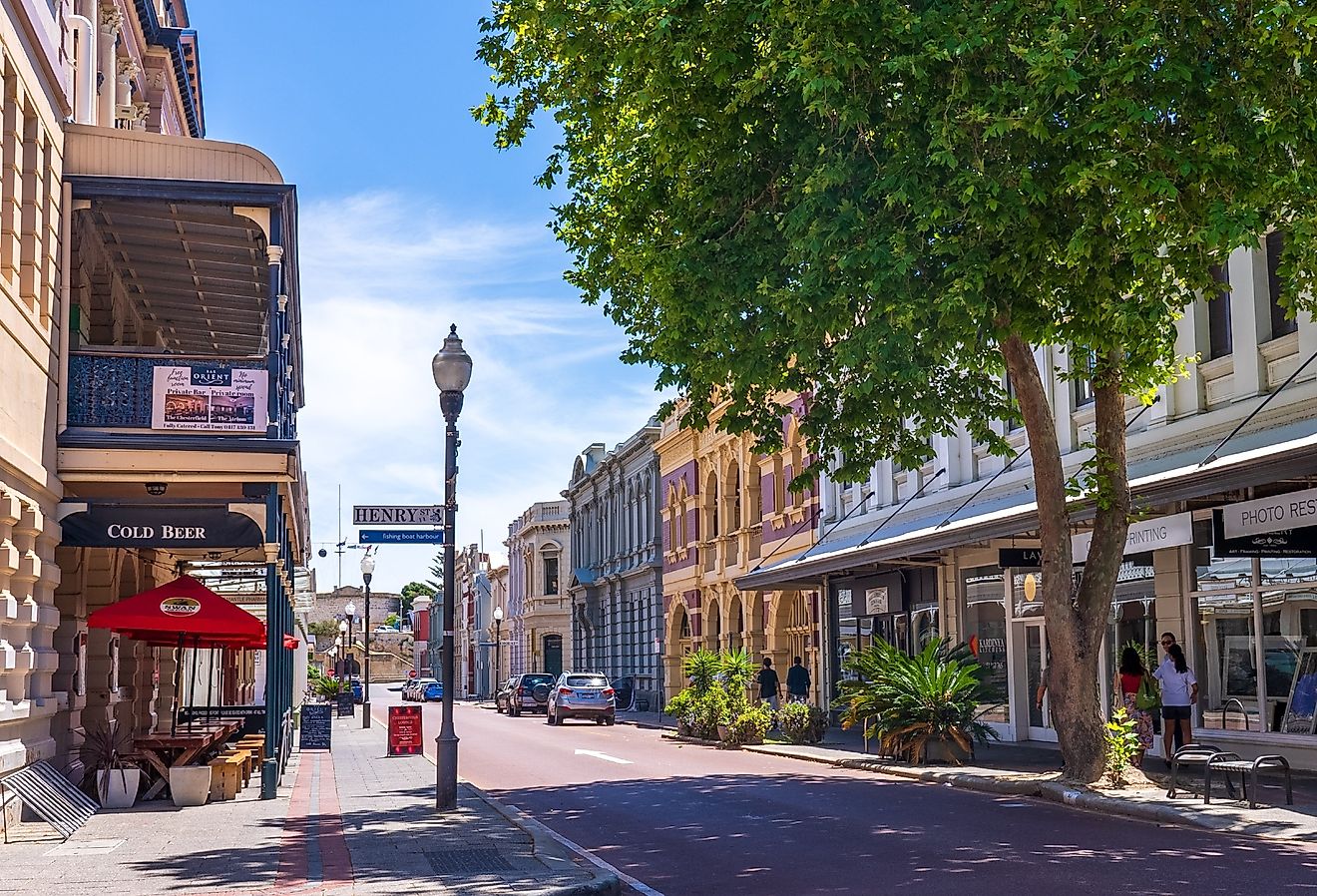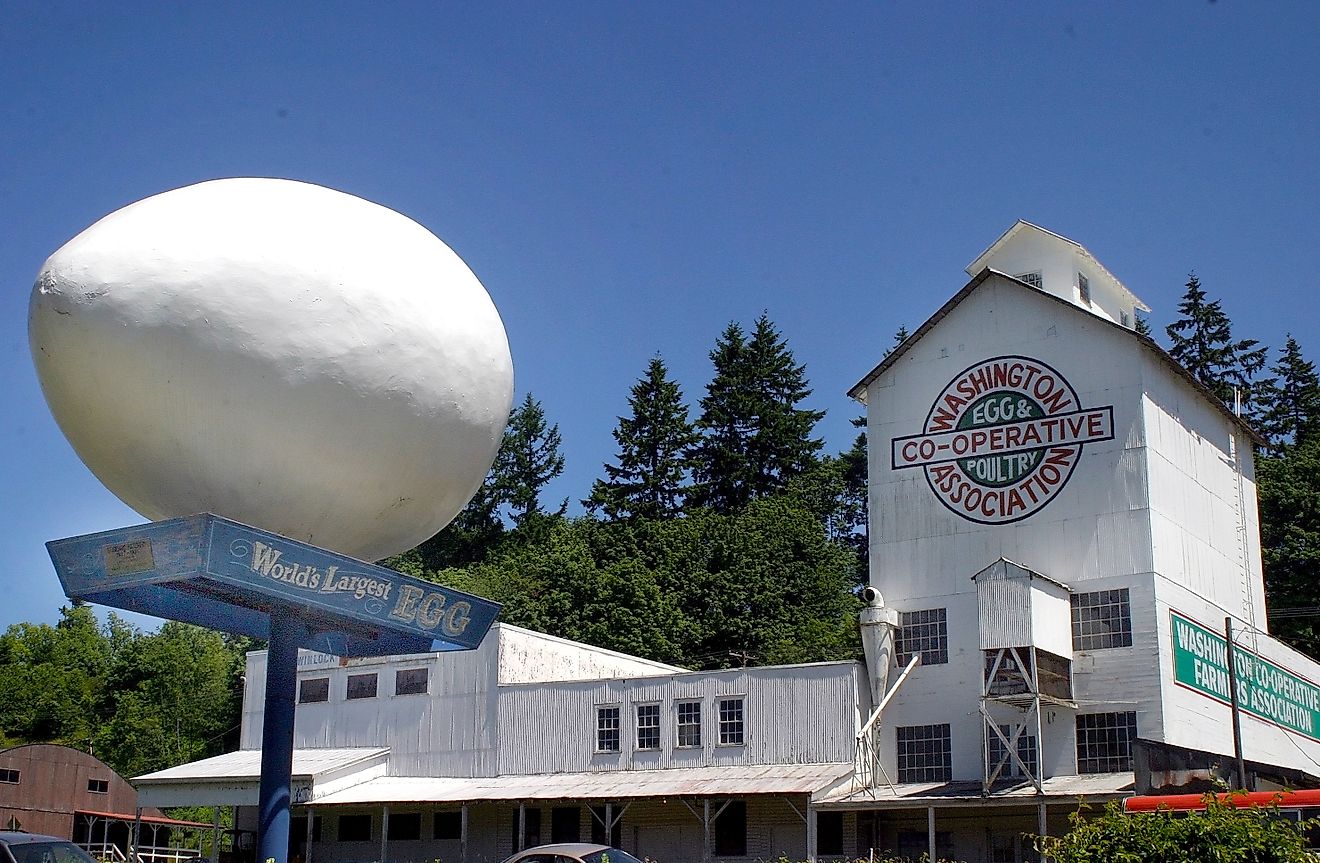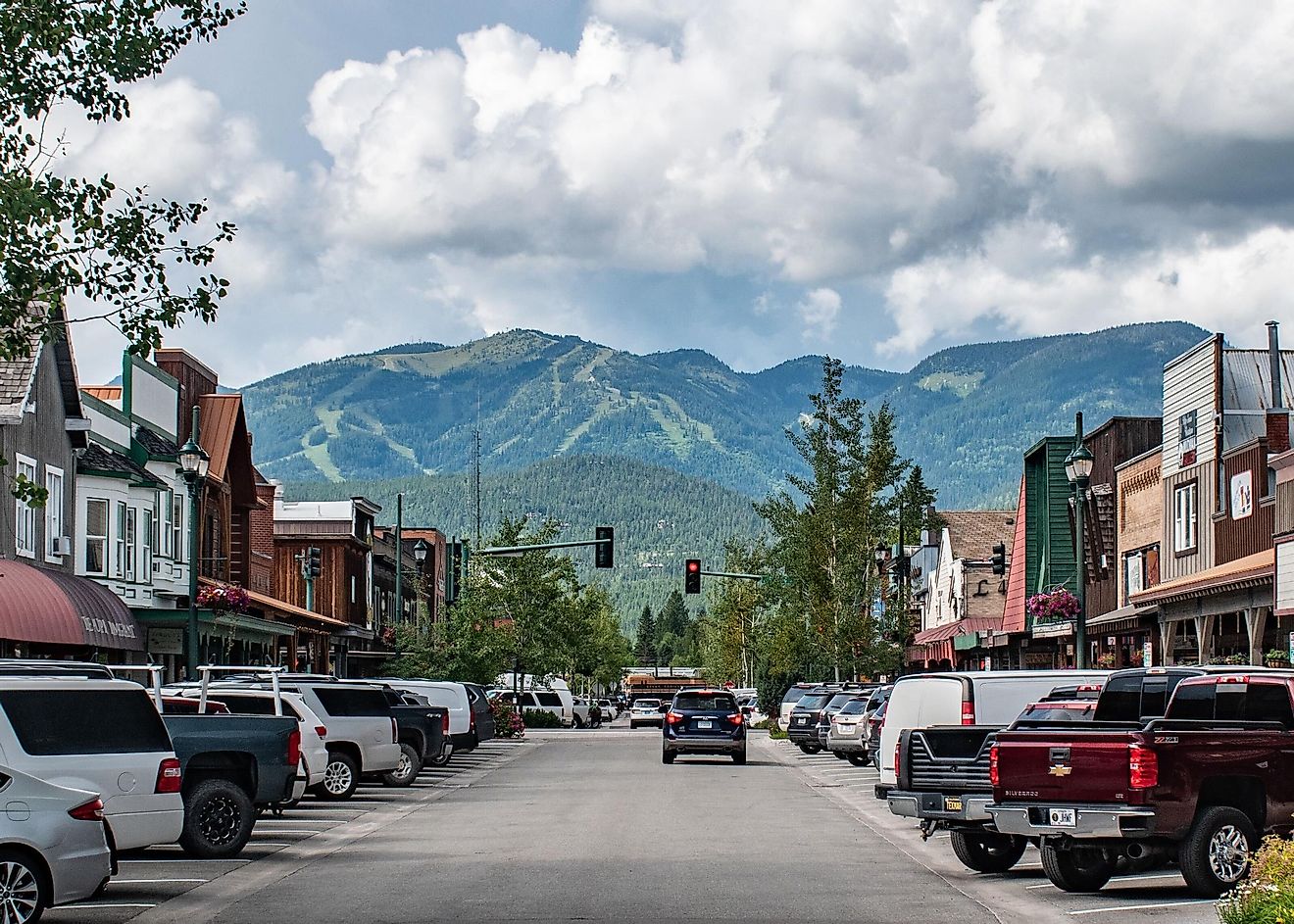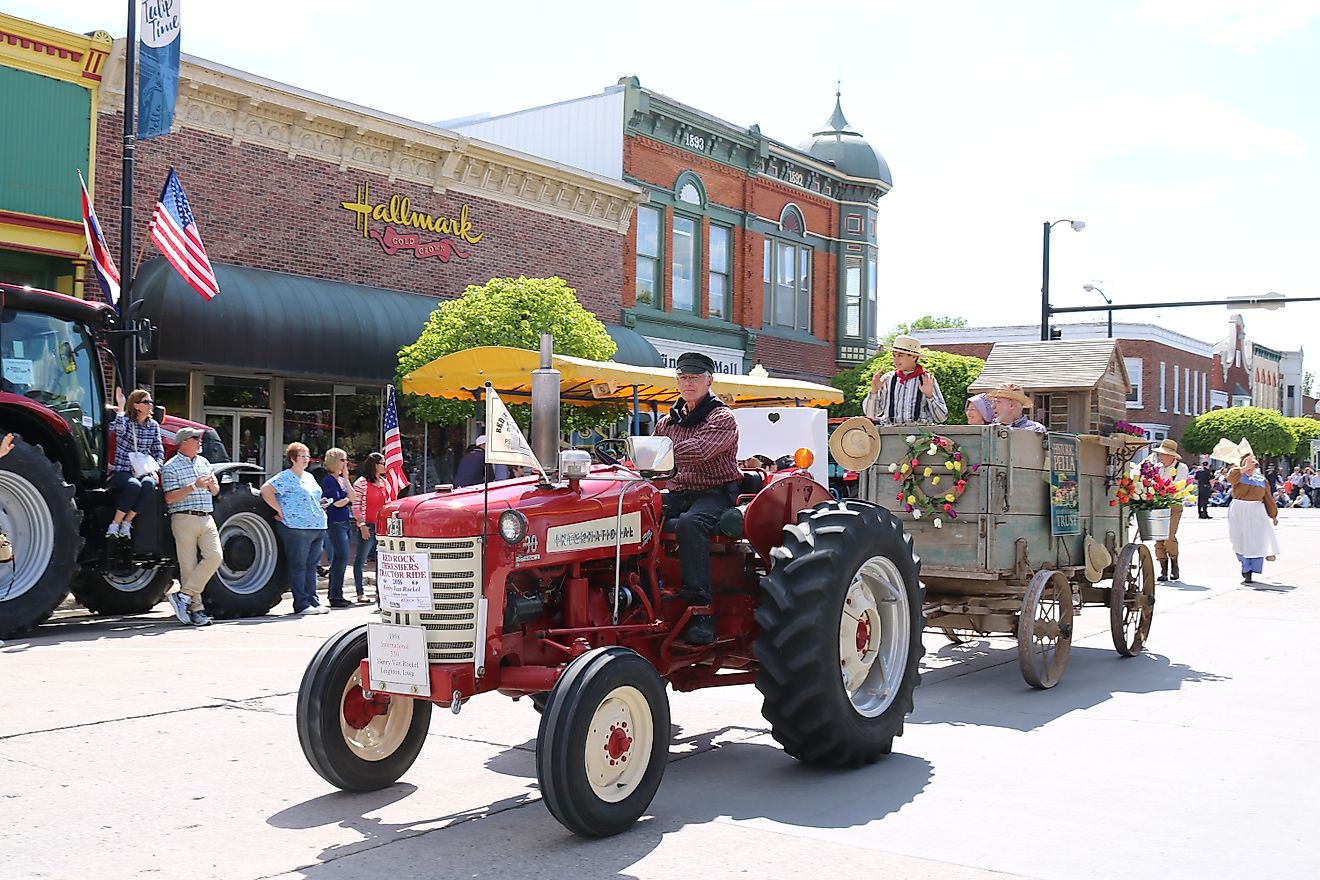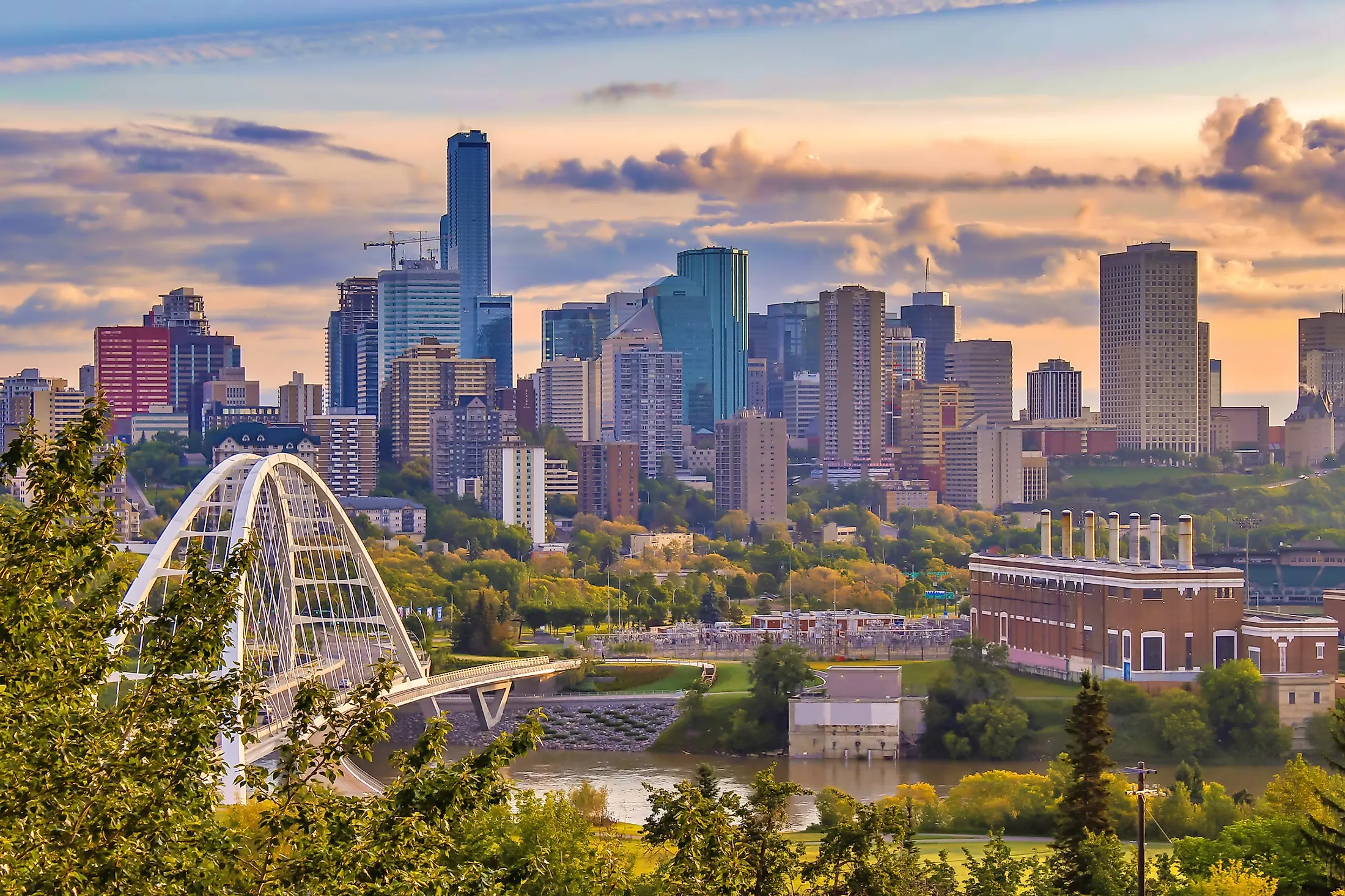
Edmonton, Canada
Edmonton is the capital of Alberta, a province in western Canada. The city stretches over a land area of 264 sq miles, hosting the North Saskatchewan River, which cuts the city in two, and is considered to be the center of the Edmonton Capital Region. Edmonton is known as "The Gateway to the North" and the Oil Capital of Canada, as well as the second-largest city in Alberta and the fifth-largest metropolitan area in the country. Edmonton was the home of many immigrants throughout the years, forming a multicultural city surrounded by Alberta's central region.
Geography And Climate Of Edmonton
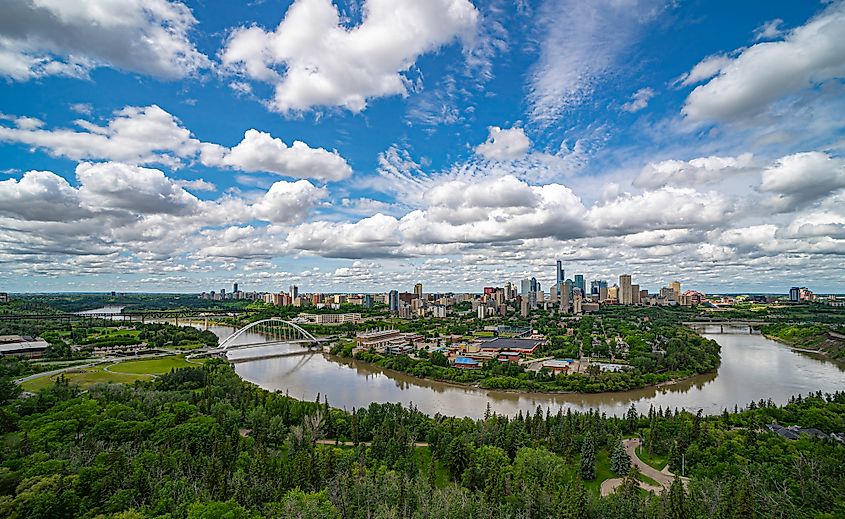
Edmonton is situated on the North Saskatchewan River, South of Alberta, surrounded by Fort Saskatchewan from the northeast, Sherwood Park from the east, and Leduc from the south. The land in and around Edmonton is generally flat to gently rolling, with canyons and deep river valleys, like the North Saskatchewan River valley. Moreover, the city is located within a driving distance of The Canadian Rockies, which is located about 220 km to the southwest.
Edmonton has a humid continental climate, with long comfortable summers, snowy and freezing winters, with mostly cloudy skies throughout the year. Temperatures vary throughout the seasons between -14 °C and 24 °C, and rarely below -27 °C or above 29 °C. For visitors, the best time to visit Edmonton for warm-weather activities is from July to August, while the coldest months peak from December until February.
Brief History Of Edmonton
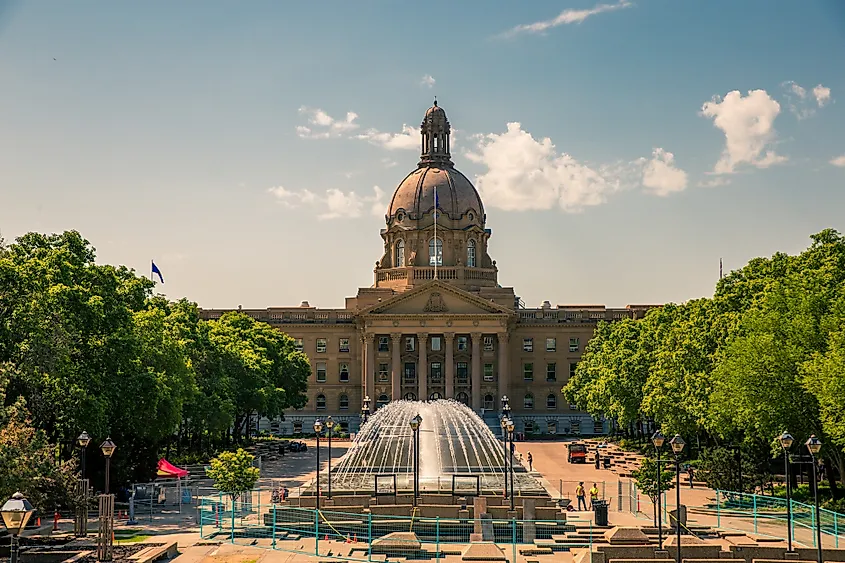
Today's Edmonton, marked by the area lying by the North Saskatchewan River, was settled by the Aboriginal tribes as early as 3000 years before the European settlement that landed there in the 1790s. After the treaty agreement signed between the Aboriginals (Edmonton's first nations), and Queen Elizabeth (Queen of Canada)- stating the Canadian authority in 1876, the Fort site was used mainly for the fur trade. The trade was primarily managed by a British established company, which named the fort "Edmonton Bay" after Edmonton, a city in London.
The establishment of the Canadian Pacific Railway in Alberta, and the fertile soil of the area, both played a key role in the city's growth starting in 1885, when settlers and entrepreneurs were coming from eastern Canada, Europe, the US, and other parts of the world. In 1892, Edmonton was chartered as a town and was later incorporated as a city in 1904. The city kept booming until the beginning of World War I when the recruitment to the Canadian army led to the decrease of its population and growth around 1914. However, the loss was eventually recovered by the end of the 1930s after World War II.
Economy And Population Of Edmonton
Edmonton is the north anchor of what is identified as the Calgary-Edmonton Corridor, making it an educational, cultural, and governmental hub. The city's petroleum stock and service industries feed the region's energy extraction activities, resulting in an economy built on the oil and gas industry. This industry, in turn, has directed the growth of other industries, including construction, petrochemicals, manufacturing, and healthcare, all of which impact the city's current diverse economy.
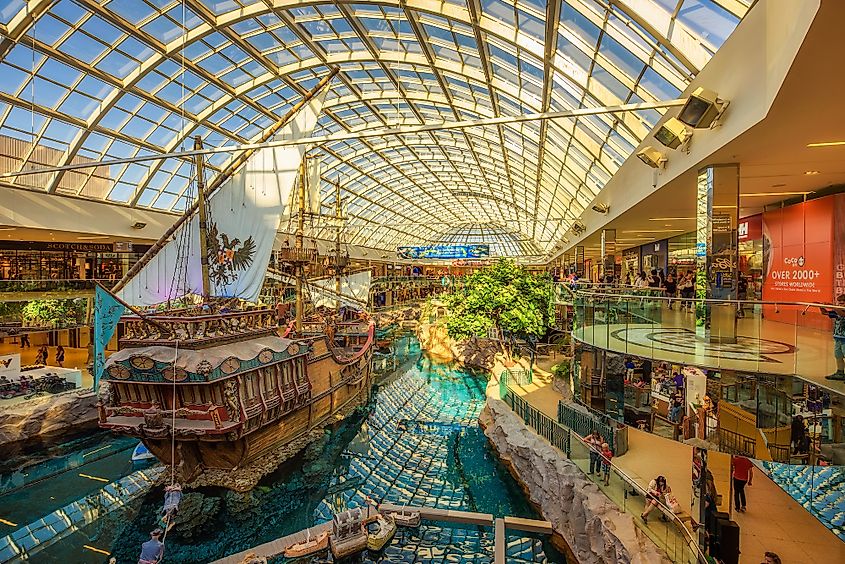
Moreover, the city is known as a universal trendsetter in the retail world where Edmonton is home to North America's largest mall, the West Edmonton Mall, which is considered the 10th largest mall globally, featuring many shopping retailers. From another perspective, Edmonton's average annual individual income is 60,000 CAD, undergoing a 5% sales tax and averaging a 23% income tax, depending on the income bracket.
In a recent survey, Edmonton's population was estimated to be 1,191,980 residents, with almost 24% of them being immigrants originating mainly from the Philippines, followed by India and China.
Top Attractions In Edmonton
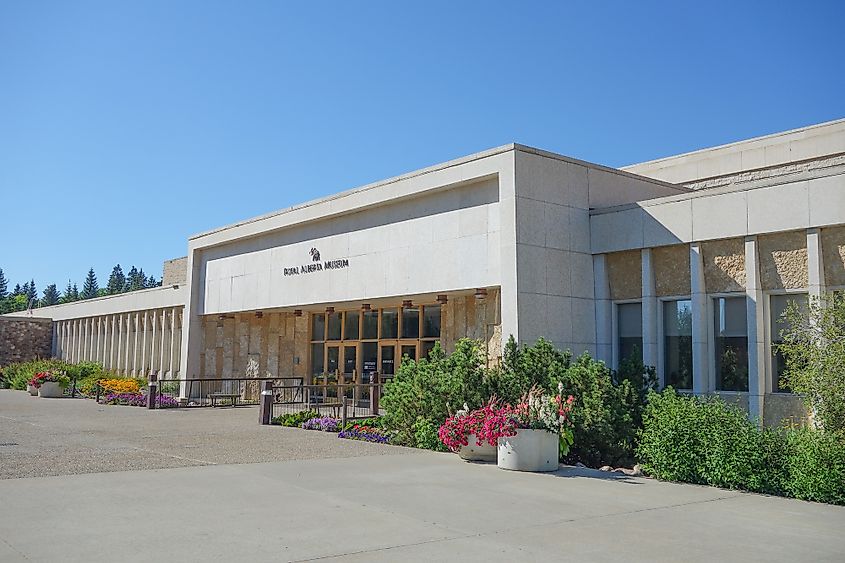
Royal Alberta Museum: Established in December 1967, Royal Alberta Museum displays human and natural history in the north City Hall of downtown Edmonton. With more than 419,000 sq ft, the museum features extensive galleries chronicling Alberta's natural and cultural worlds and displays exhibitions from Canada and around the world, along with an interactive children's gallery and insects' visible nursery.
Winston Churchill Square: Located in the heart of Edmonton's downtown, Winston Churchill Square features a lively, family-friendly space decorated with public arts and water features. The space is considered a major venue that hosts festivals, restaurants, and shopping retailers.
Moreover, the city is home to many museums and galleries, such as Alberta's Aviation Museum, Telus World of Science, Alberta Railway Museum, etc. In addition, it houses a huge parkland area, forming the Ribbon Green, which includes a list of strolling and biking-friendly parks and trails overlooking the river.
Edmonton is mainly a working city, with friendly people that come to earn a job or get educated. The city offers exceptional opportunities to those who seek them, and it is expected for the new arrivals to settle into their new home smoothly and with ease.
